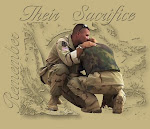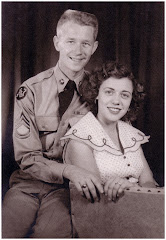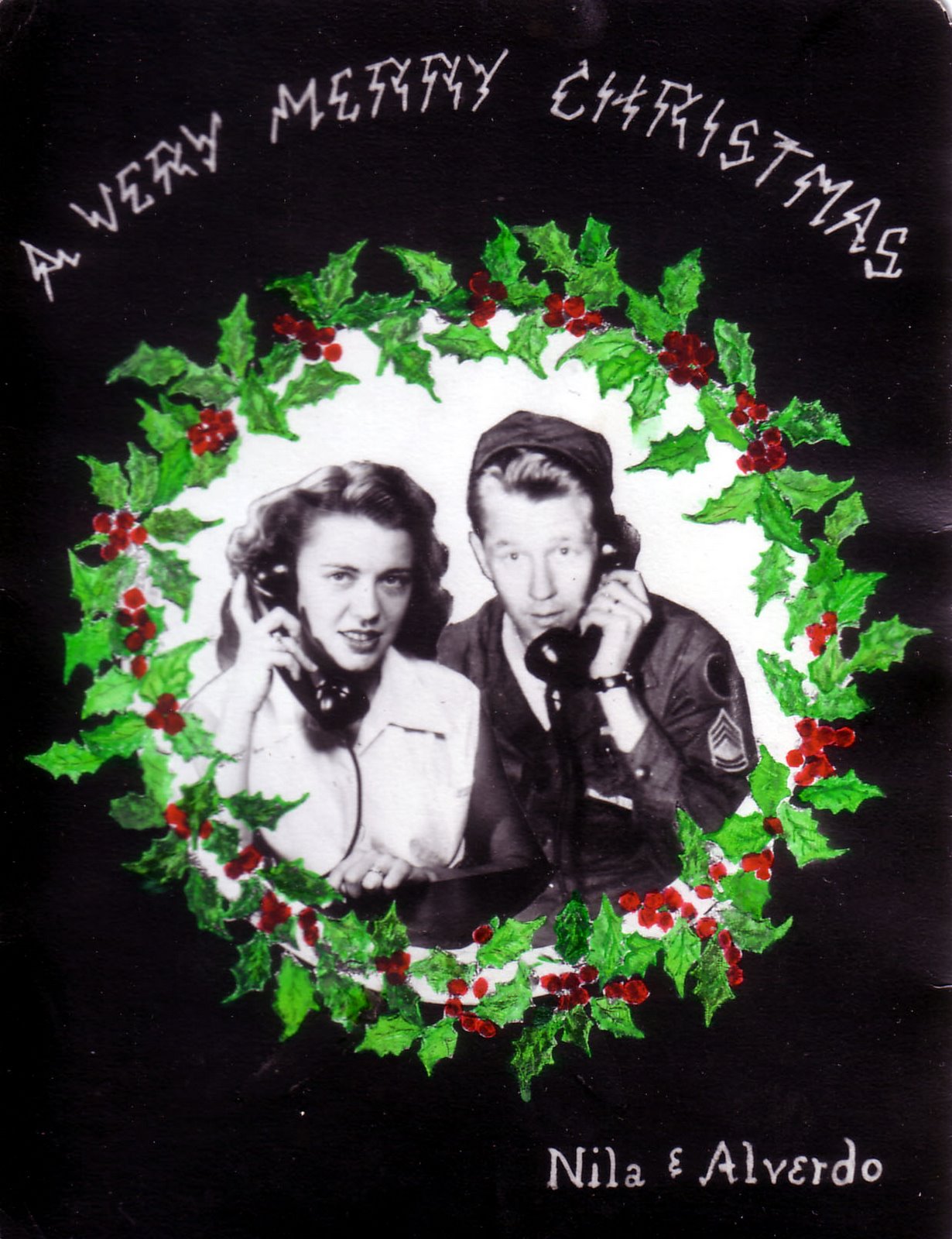
On the island, they used coral which they quarried, much like we would use gravel for our country roads. The light pink color made the roads really stand out in this picture.









 This picture was quite cracked and faded, so we put up the before and after pictures to show what one can do to repair damaged pictures! Tami loves to work on old pictures and has restored many of them on this blog. If you are interested in having her restore any prints for you, be sure to let her know. tskarin@gmail.com
This picture was quite cracked and faded, so we put up the before and after pictures to show what one can do to repair damaged pictures! Tami loves to work on old pictures and has restored many of them on this blog. If you are interested in having her restore any prints for you, be sure to let her know. tskarin@gmail.com




